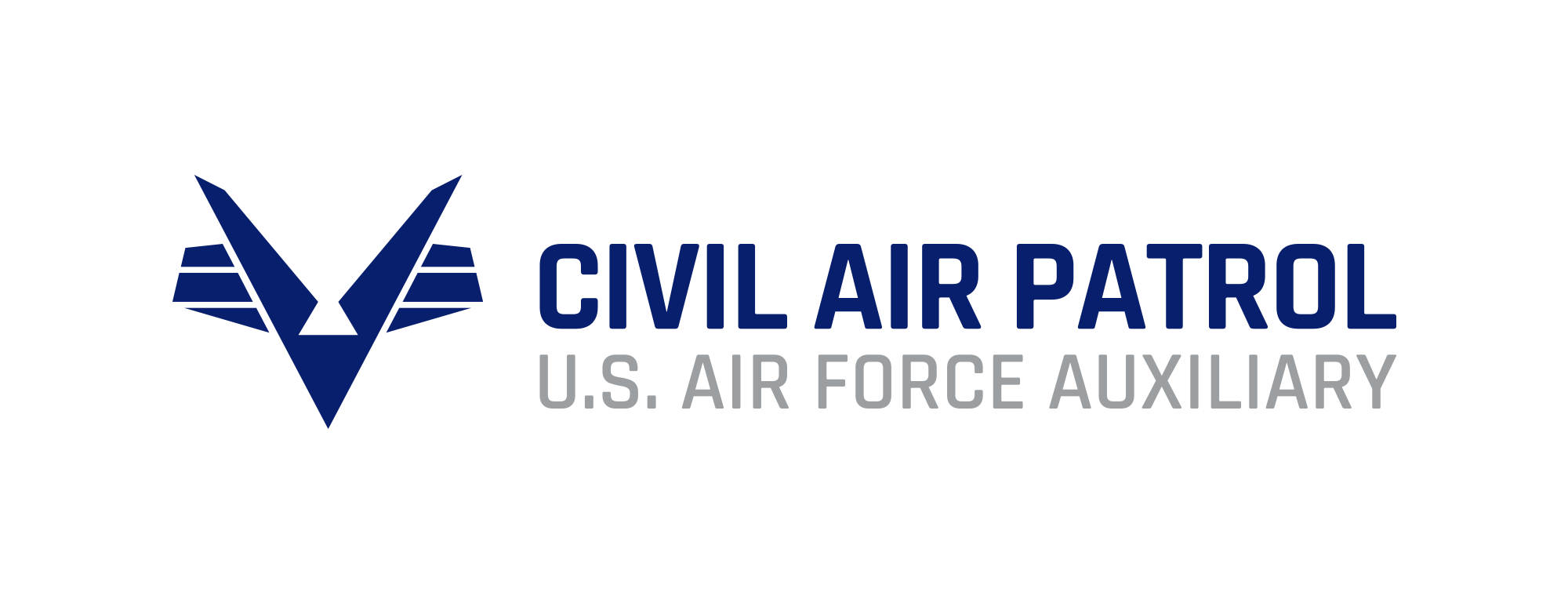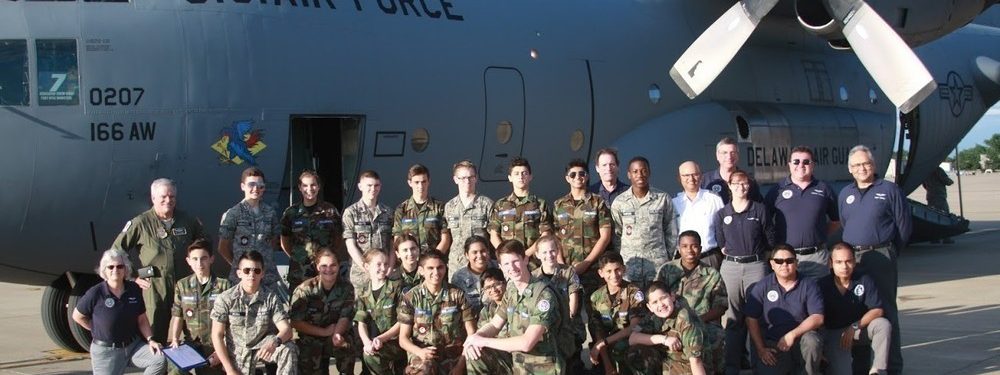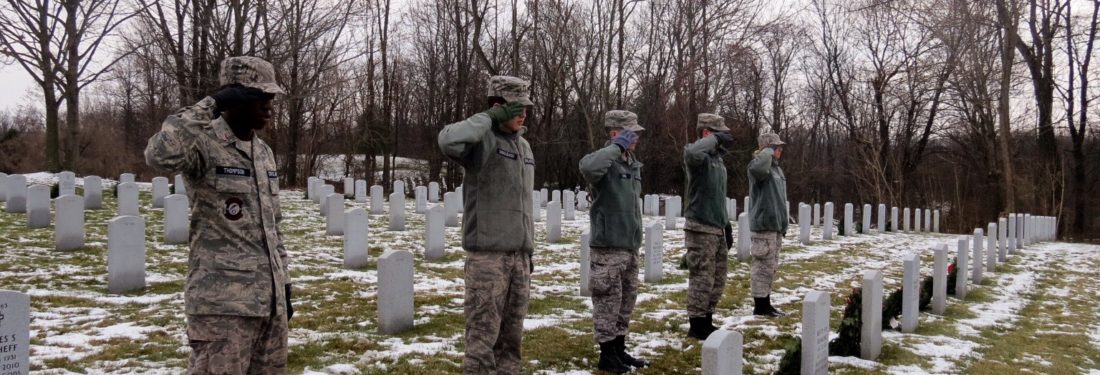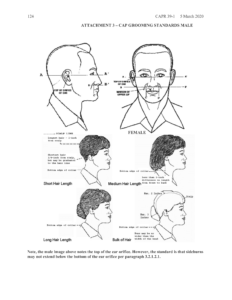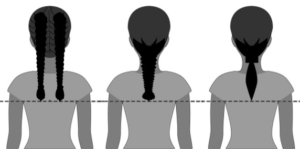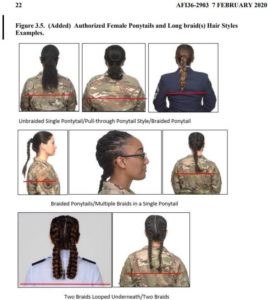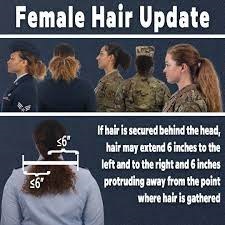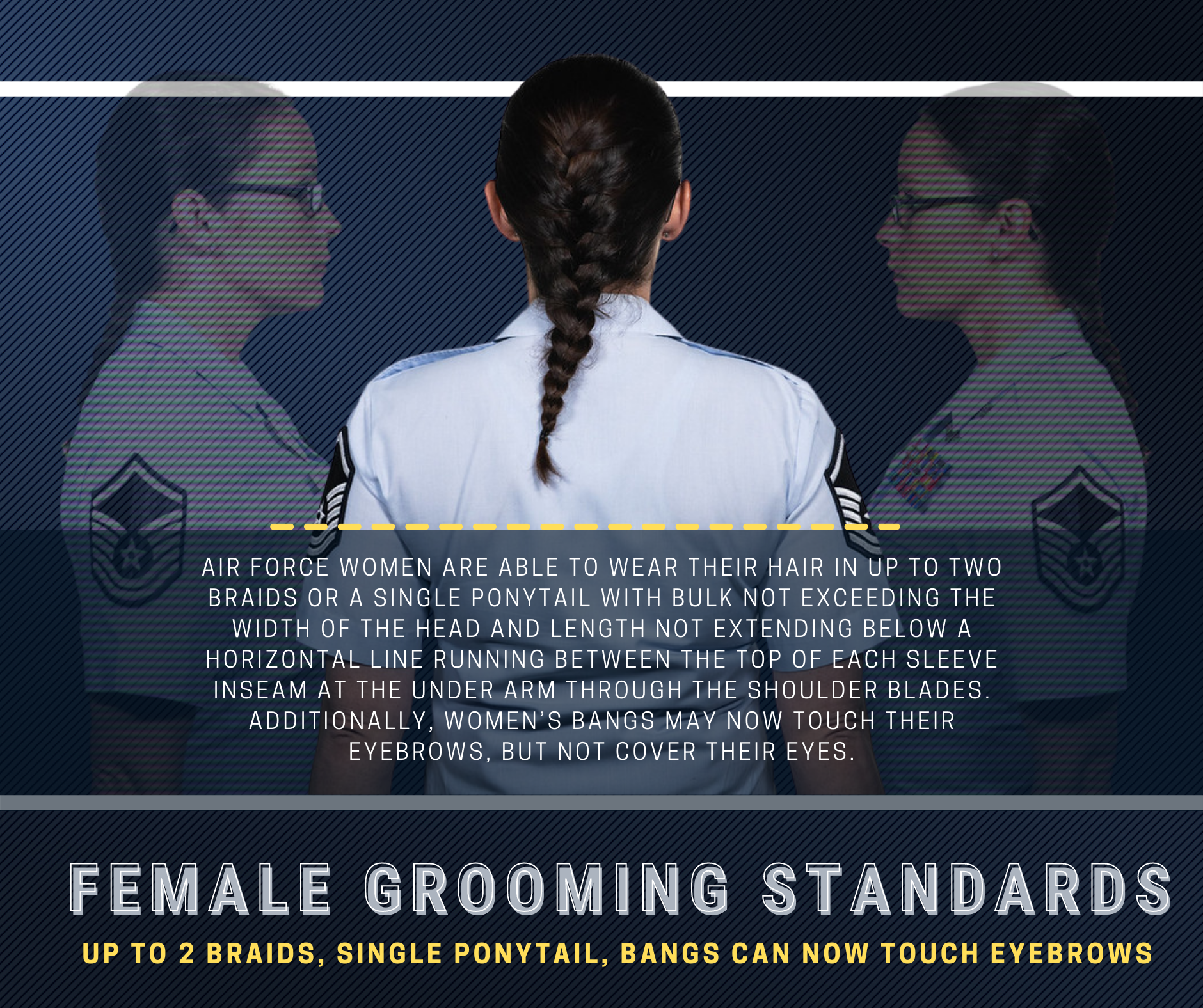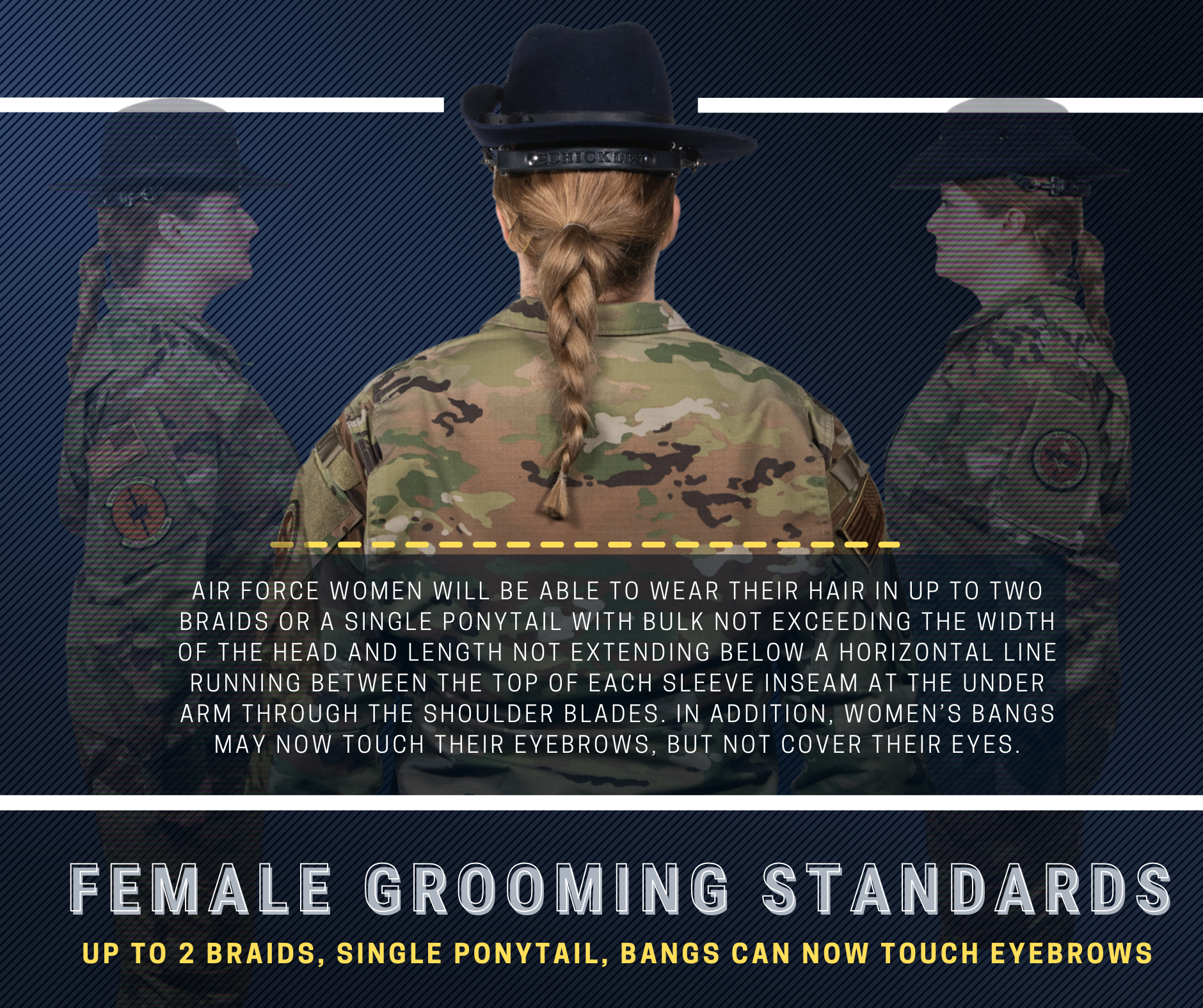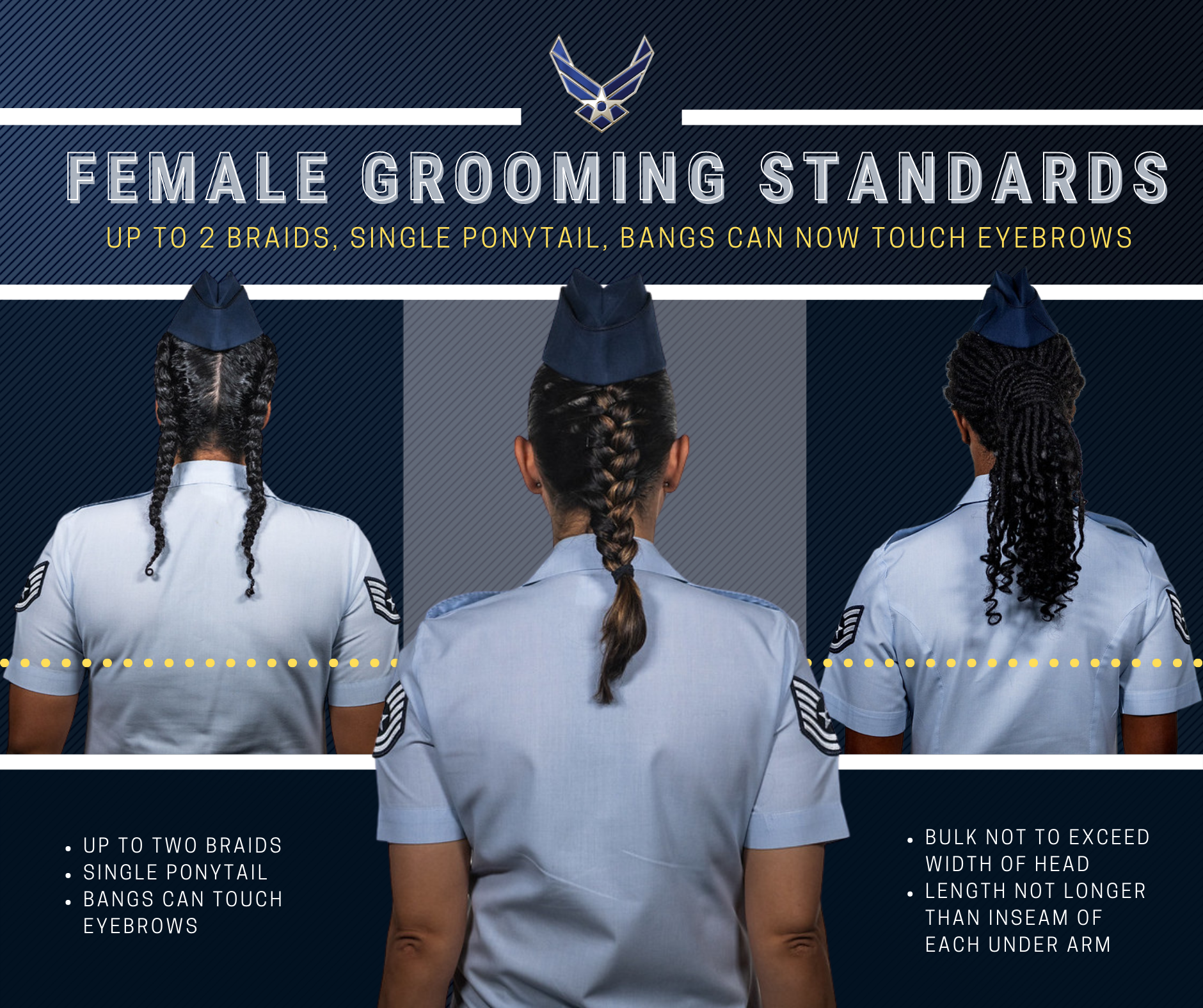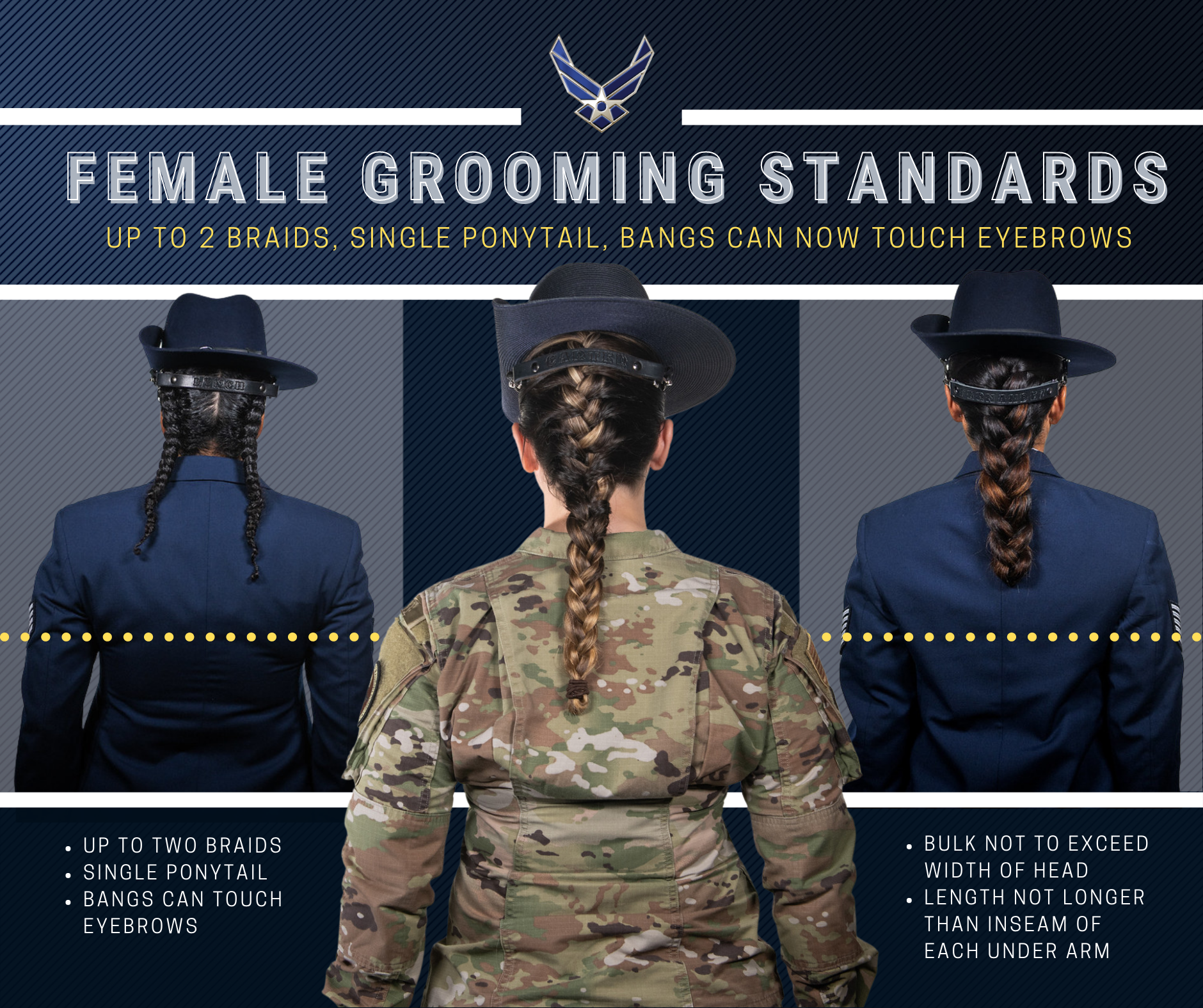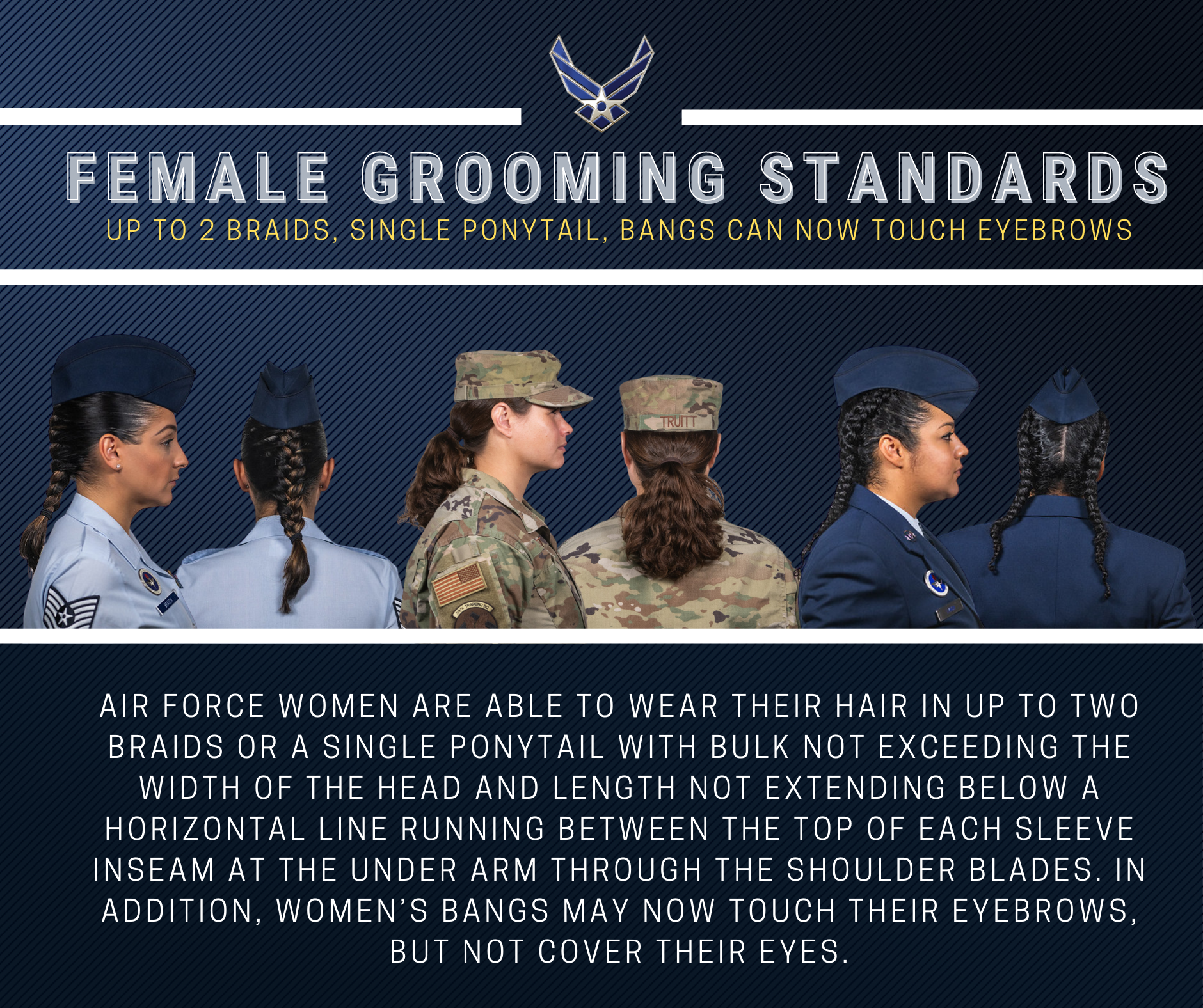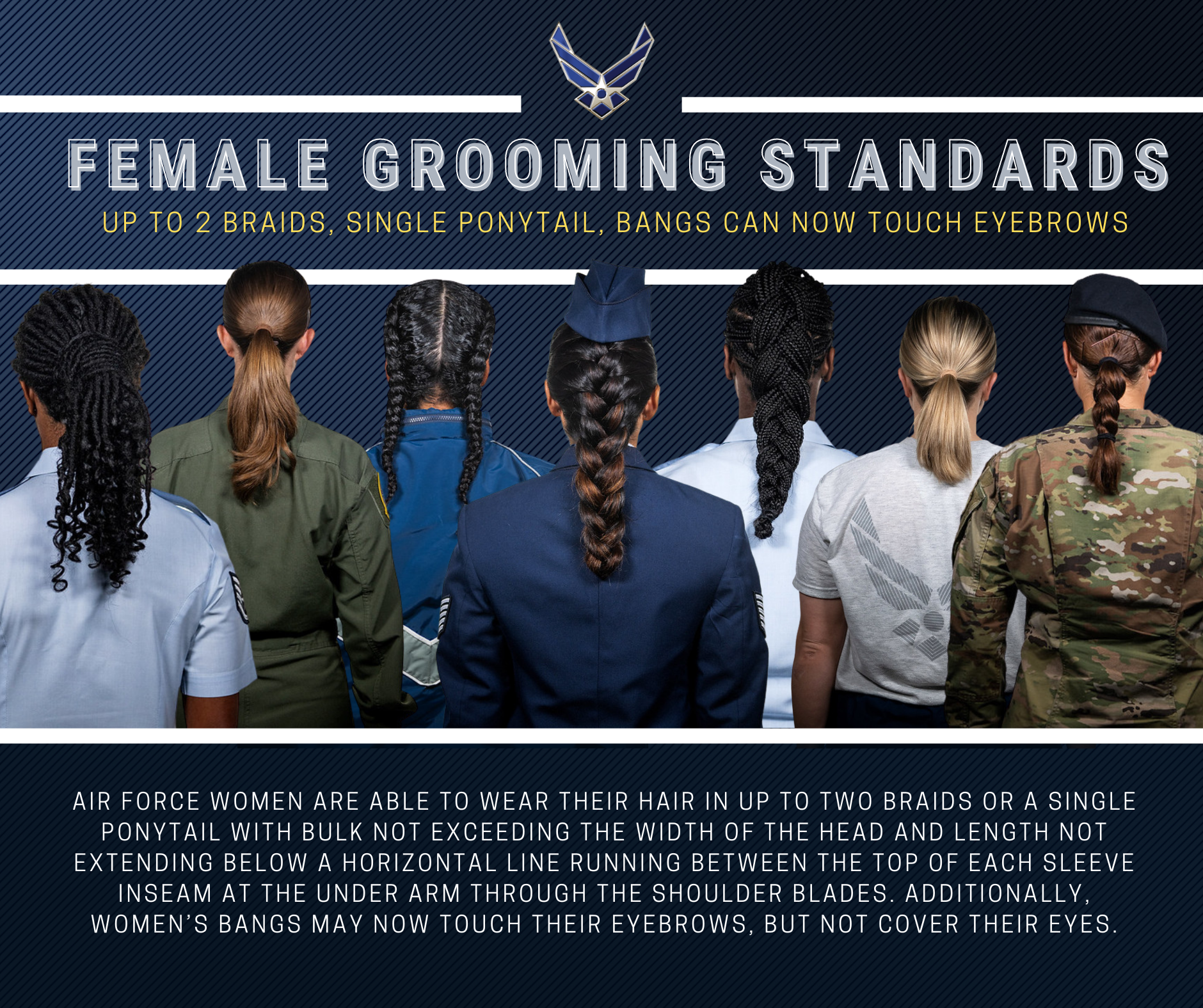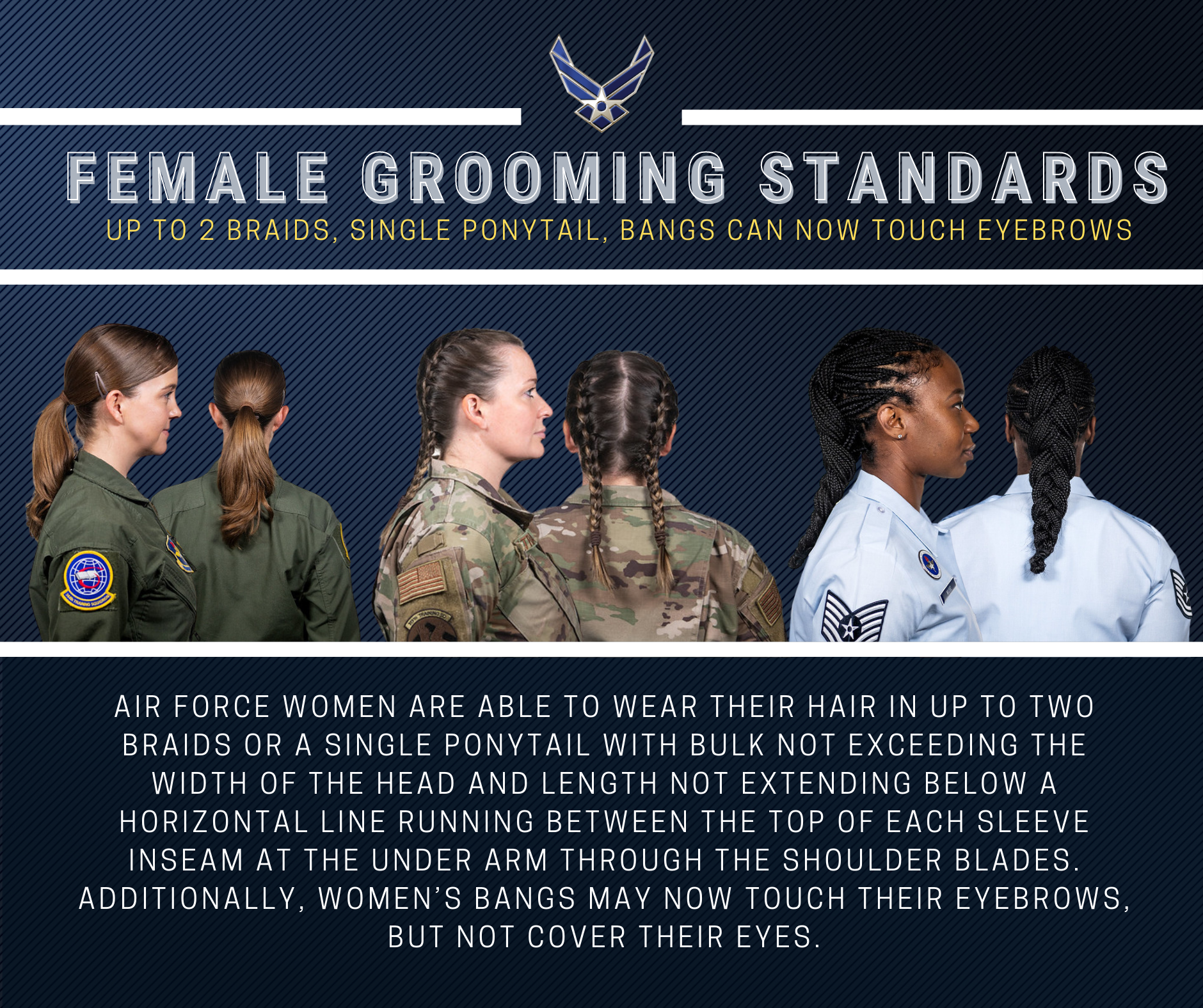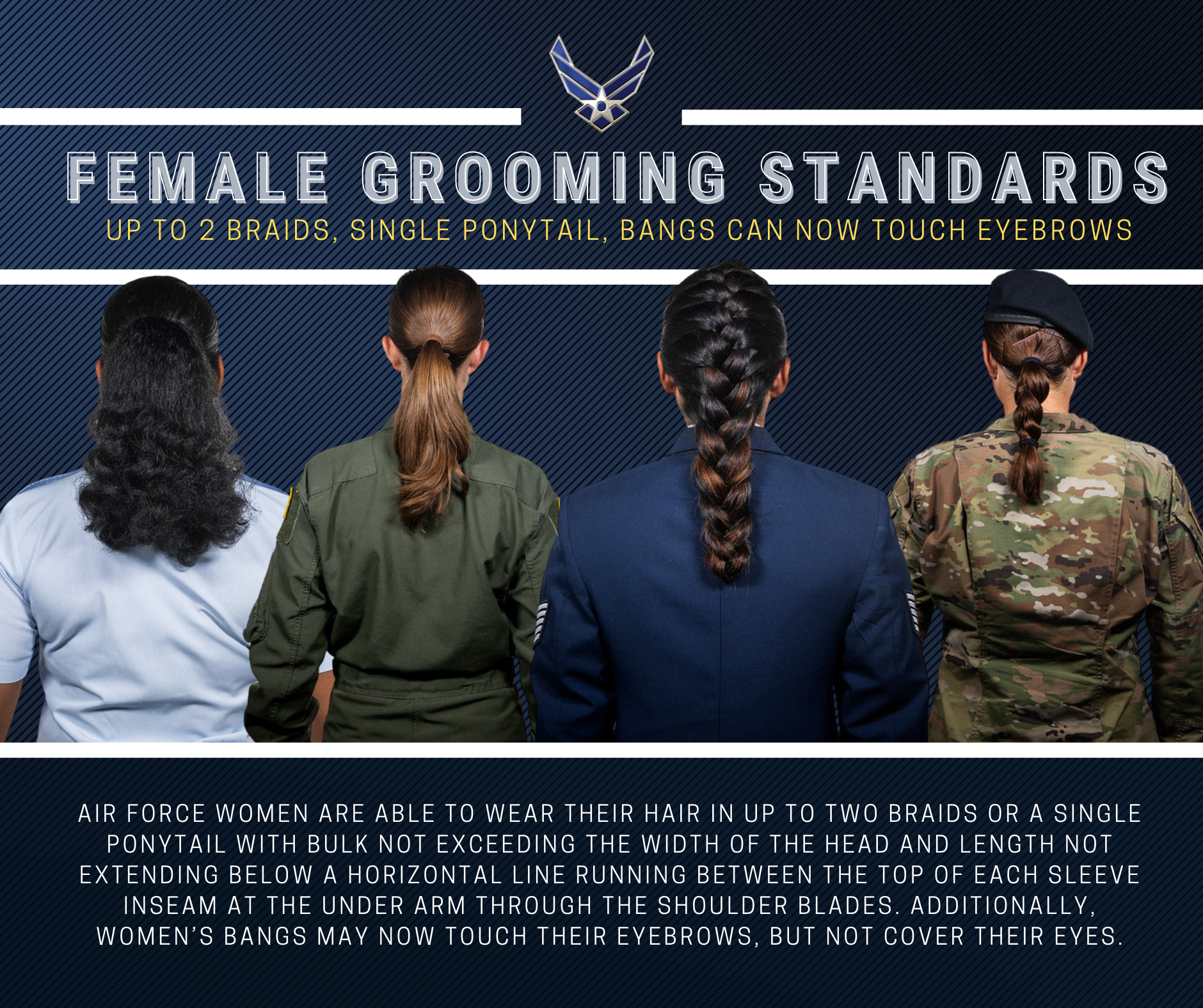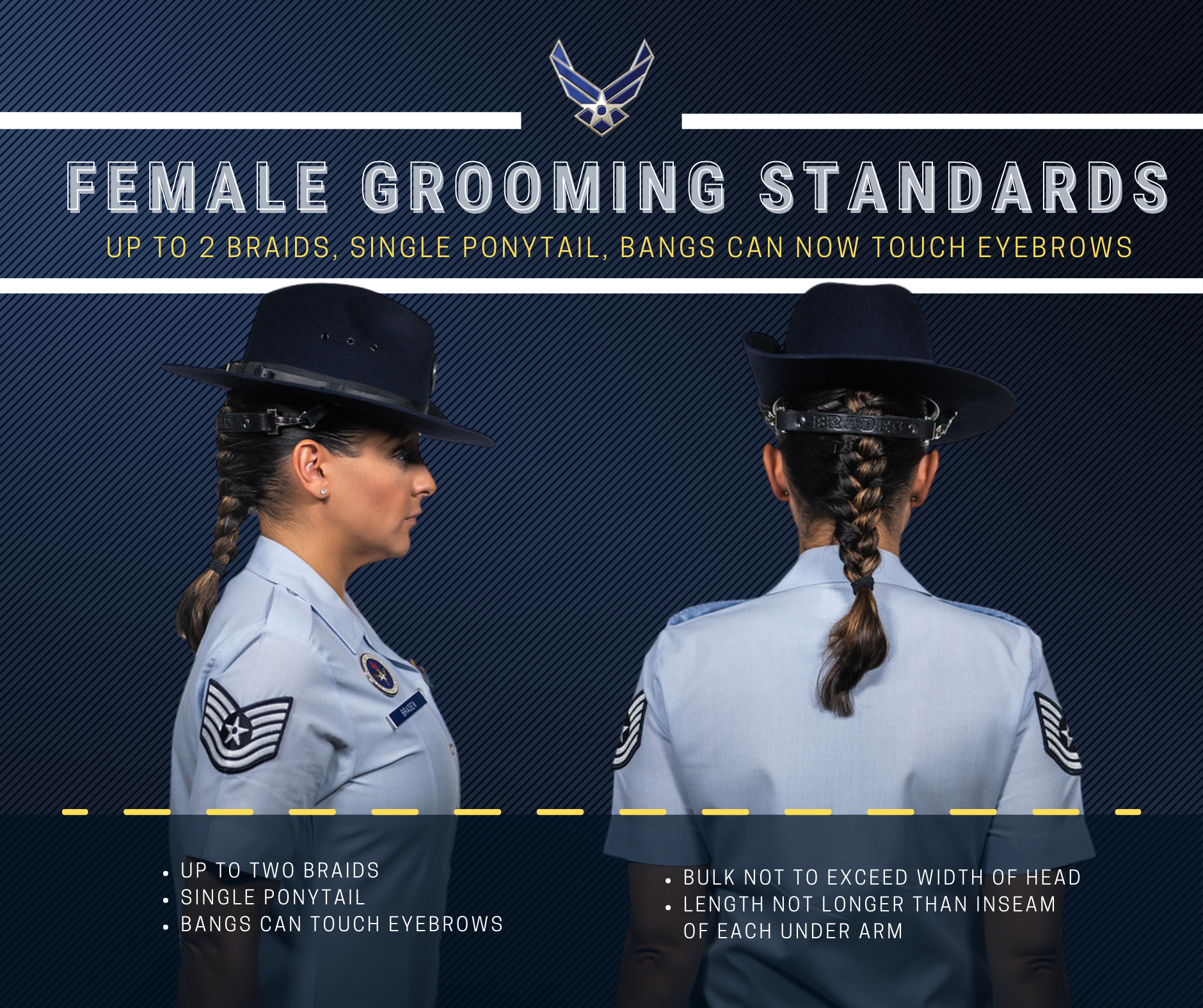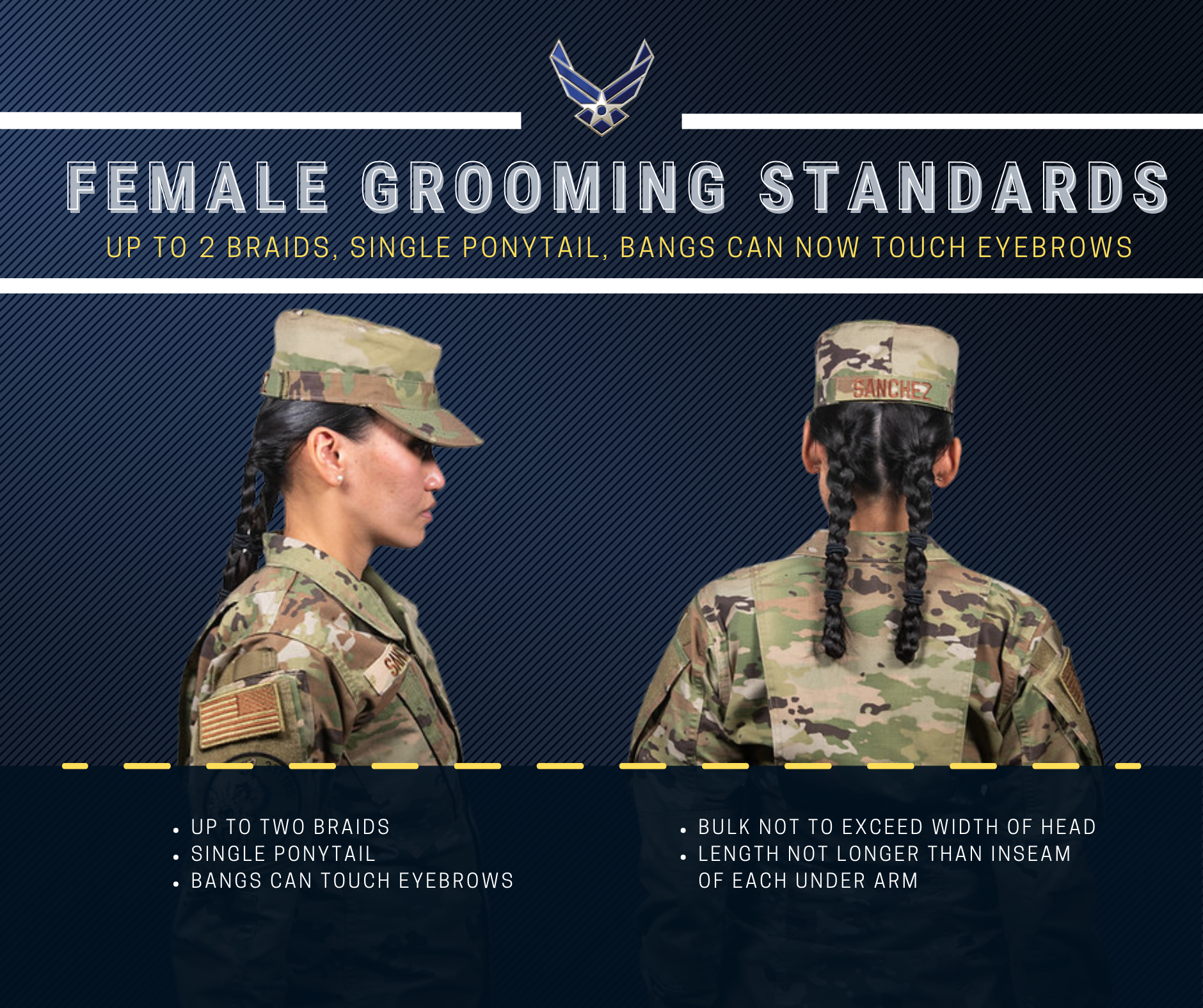Grooming Standards
Hair
Hair will be clean, well-groomed, present a professional appearance and allow proper wear of headgear and conform to safety requirements. If applied, dyes, tints, bleaches and frostings must result in natural hair colors. The hair color must complement the member’s complexion and skin tone. Examples of natural human hair colors are brown, blonde, brunette, natural red, black or grey. Prohibited examples (not all-inclusive) are burgundy, purple, orange, fluorescent or neon colors.
Males
Hair must have a tapered appearance on both sides and the back of the head, both with and without headgear. Only closely cut or shaved hair on the back of the neck is allowed to touch the collar. Hair will not touch the ears or protrude under the front band of headgear. Cleanly shaven heads, military high-and-tight or flat-top cuts are authorized. Prohibited examples (not all inclusive) are mohawk, mullet, cornrows, dreadlocks or etched design. Men are not authorized hair extensions.
Females
If worn loose, hair will end above the bottom edge of collar and will not extend below an invisible line drawn parallel to the ground, both front to back and side to side. If hair is pulled back and secured behind the head, radius will not exceed 6 inches from the point where the hair is gathered (i.e., no more than 6 inches to the left and 6 inches to the right, 12 inches total width; and 6 inches protruding from where hair is gathered) and must allow for proper wear of headgear. One or two braids or a single ponytail may be worn with length not extending below a horizontal line running between the top of each sleeve inseam at the under arm through the shoulder blades. The braid(s) or ponytail/equivalent cannot be worn over the shoulder or pulled in front of the body. They shall extend down the member’s back. Bangs, or side-swiped hair, may touch eyebrows but will not touch or cover eyes.
The intent is for pinned-up hair to be styled in a manner that prevents loose ends from extending upward on the head. For example, when using a clip or hairpins, hair will not present the appearance of a “rooster tail”. When hair is in a bun, the bun must be a single bun no wider than the width of the head and all loose ends must be tucked in and secured. When hairstyle is in a ponytail, it must be a single ponytail that does not extend below a horizontal line running between the top of each sleeve inseam at the under arm through the shoulder blades. As with all hairstyles, a neat and professional image is essential.
Locs, braids, twists, micro-braids, French braids, Dutch braids and cornrows are authorized. Locs are defined as portions of hair that have been intentionally or unintentionally fused together to form a loc or locs. A braid or twist is two or more portions of interwoven hair. If adding additional hair, it must be a natural looking color, similar to the individual’s hair color. It must be conservative (moderate, being within reasonable limits; not excessive or extreme) and not present a faddish appearance. Multiple locs, braids, twists or cornrows may come together down the back in one or two braids or a single ponytail. Headgear must fit properly.

